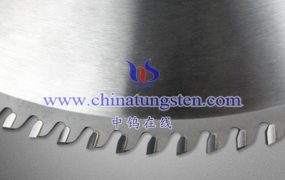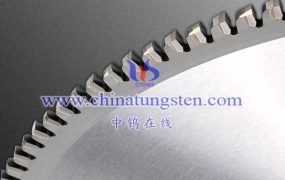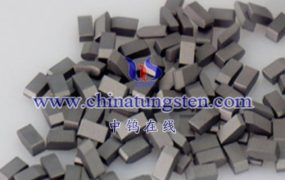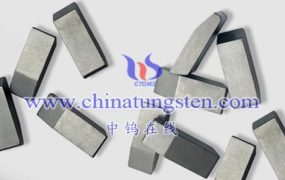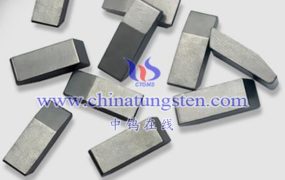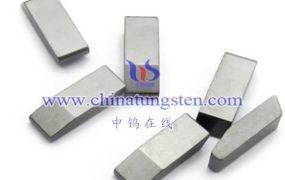Injection molding and compression molding are two commonly used forming methods in the cemented carbide manufacturing process. Their main difference lies in the forming temperature and pressure.
Injection molding is to inject molten carbide material into a mold under high temperature and pressure to make its shape and size conform to the requirements of the mold. The advantages of this method are high production efficiency, short cycle, and suitable for mass production. However, injection molding has high requirements for molds and requires the use of high-precision injection machines. At the same time, it has high requirements for the fluidity of materials, making it difficult to manufacture some products with complex shapes or small sizes.
Press molding is to press the cemented carbide material in a mold, and make the shape and size conform to the requirements of the mold through the action of pressure. Press molding is usually performed at room temperature, has low requirements on molds, and is suitable for small batch production. However, press molding has low requirements on the plasticity and fluidity of the material, and it is more difficult to manufacture some products with complex shapes or small sizes.
In summary, injection molding and press molding each have their own advantages and disadvantages in the cemented carbide manufacturing process. Which method to choose needs to be comprehensively considered based on the specific requirements of the product and production conditions.
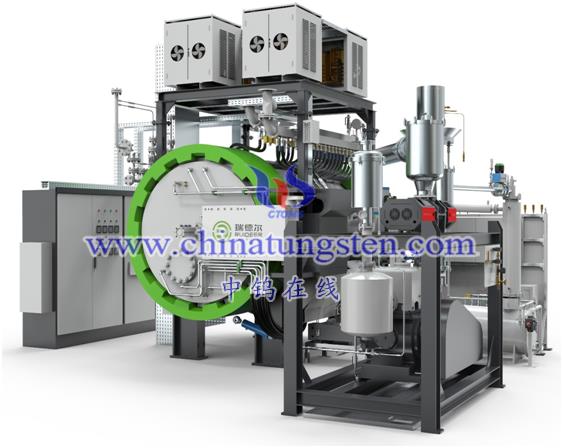
More details of tungsten carbide product, please visit website: http://tungsten-carbide.com.cn/
Please contact CHINATUNGSTEN for inquiry and order of tungsten carbide:
Email: sales@chinatungsten.com
Tel.: 86 592 5129595
